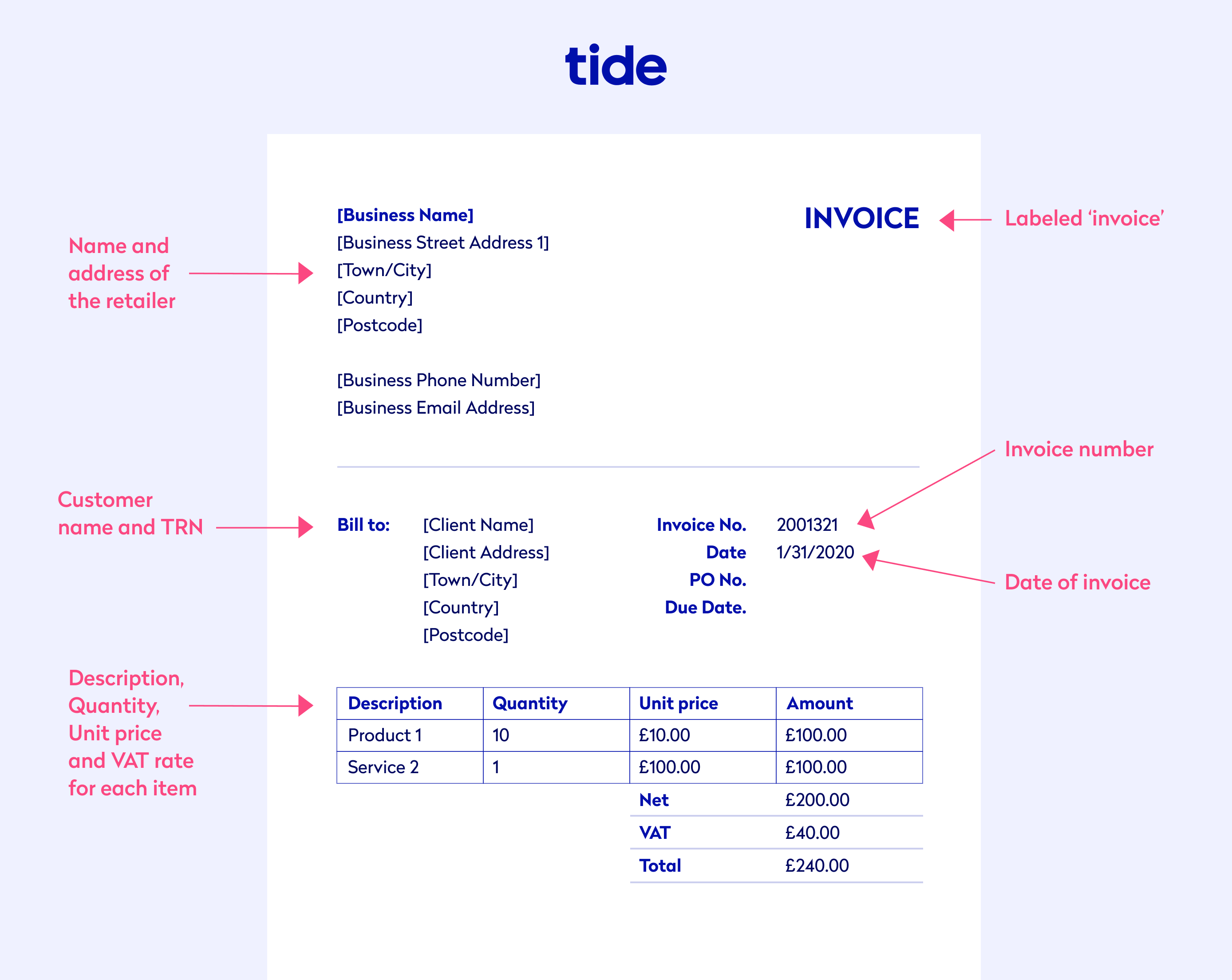

Unsuitable projects: Projects that require a lot of revisions might not be a good fit for due upon receipt invoicing, as many clients aren’t comfortable paying until the final product is exactly how they want it.Increased inconvenience: Some clients, especially those that are also small businesses, might not be able to pay immediately.Particularly in the eyes of your clients and customers, there are a few disadvantages to due upon receipt invoicing. The advantages are undeniable, but that doesn’t mean there isn’t a flipside to consider.

Asking for immediate payment means you’re less likely to lose track of unpaid invoices. Streamlined operations: You have a lot on your plate, which makes it all too easy for an invoice to get lost in the shuffle.By requiring customers to pay right away, you can spend less time following up on invoices and more time on running your business. Less wasted time: Chasing down outstanding payments takes a lot of time and mental energy.That helps you avoid pitfalls, plan ahead, and prevent a last-minute scramble to get the cash you need. More reliable cash flow: When you can count on timely payments, you have a better idea of how much money is coming in and out of your business.This is especially helpful for freelancers and entrepreneurs who are just starting out and need capital to reinvest in their businesses. Quicker payment turnaround: The most obvious benefit is that you get your money faster.When considering which payment terms are the right fit, there’s nothing like a good, old fashioned pros and cons list to provide some clarity. Tips for setting up effective invoicing.Other invoicing terms and conditions to consider.
Bill vs receipt how to#


 0 kommentar(er)
0 kommentar(er)
